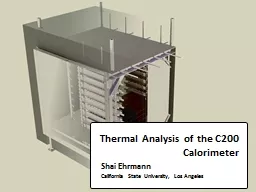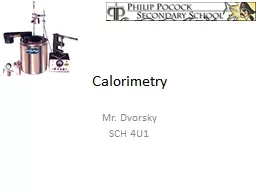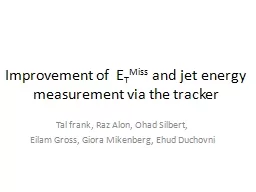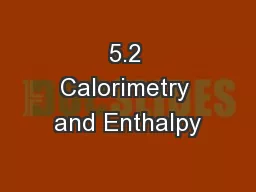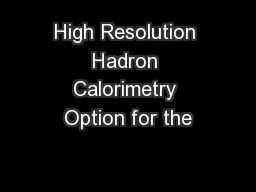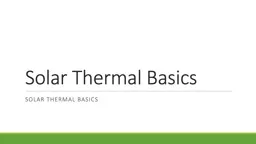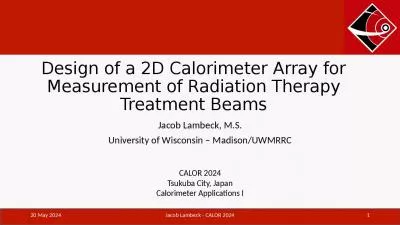PPT-Thermal Analysis of the C200 Calorimeter
Author : faustina-dinatale | Published Date : 2017-03-18
Shai Ehrmann California State University Los Angeles Tasks Accomplished July August Prepared and repaired 250 PMTs for GRINCH Removed 50 PMTs for HCAL from Big
Presentation Embed Code
Download Presentation
Download Presentation The PPT/PDF document "Thermal Analysis of the C200 Calorimeter" is the property of its rightful owner. Permission is granted to download and print the materials on this website for personal, non-commercial use only, and to display it on your personal computer provided you do not modify the materials and that you retain all copyright notices contained in the materials. By downloading content from our website, you accept the terms of this agreement.
Thermal Analysis of the C200 Calorimeter: Transcript
Download Rules Of Document
"Thermal Analysis of the C200 Calorimeter"The content belongs to its owner. You may download and print it for personal use, without modification, and keep all copyright notices. By downloading, you agree to these terms.
Related Documents

